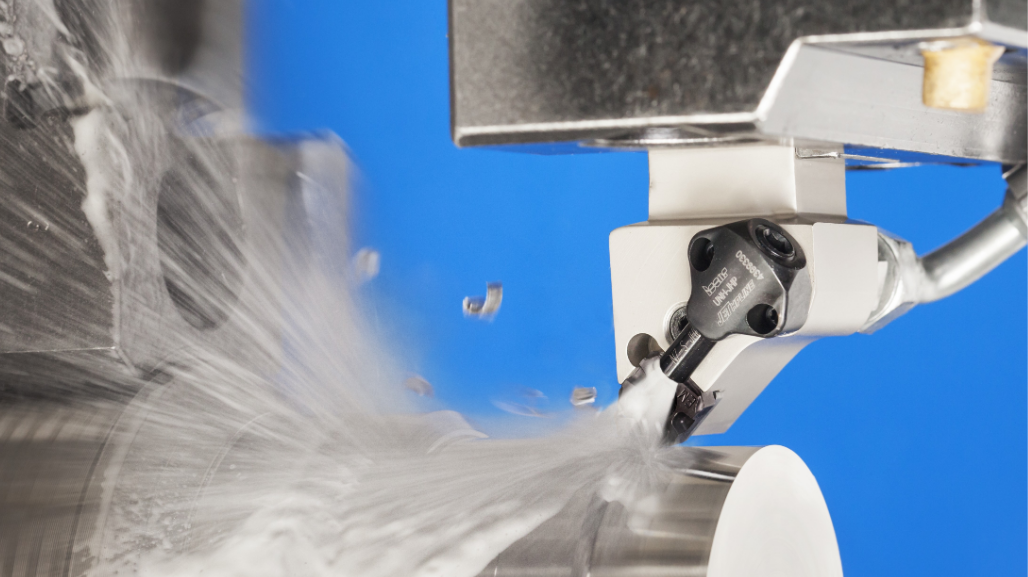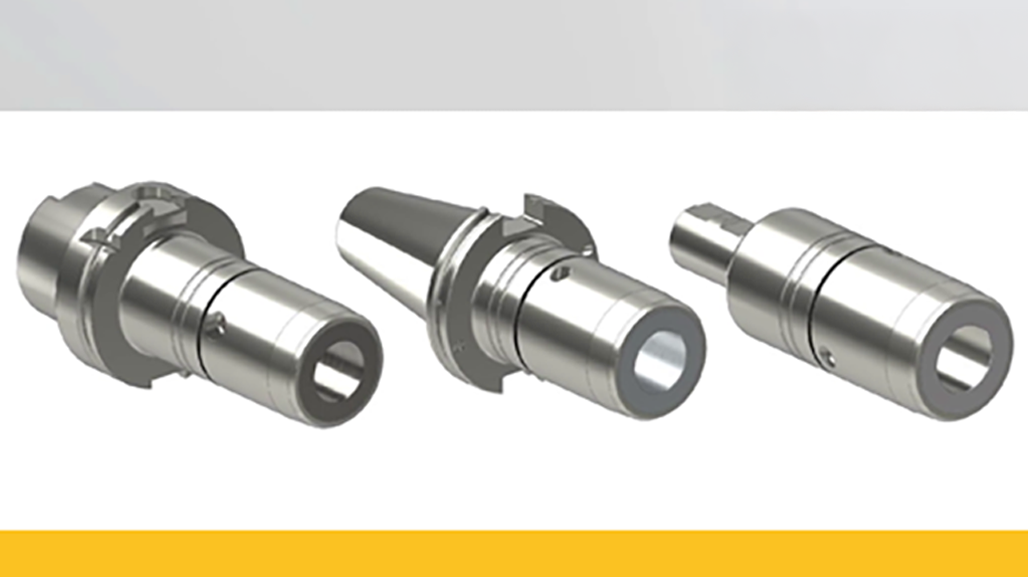Reamer Chatter Tech Tips
Chatter is one of the most common causes of poor reamer life and hole finish. Kennametal offers several tech tips to help your reamers perform better.
Chatter is one of the most common causes of poor reamer life and hole finish. Kennametal offers several tech tips to help your reamers perform better.
Chatter is one of the most common causes of poor reamer life and hole finish.
Chatter is characterized as synchronized vibrations that are set up in the cutting tool, workpiece, and machine, or a combination of vibrations in all of these elements.
This vibration causes the tool to deflect against the workpiece at a continuous, rapid, and often irregular pace. The tool’s attempt to restore balance and resume its natural position against the vibration creates chatter. Consequently, chatter leaves poor or torn finishes and can lead to tool failure.
Chatter can be caused by several reasons and can have devastating effects on the quality of the application. Some of the more common reasons include:
Excessive speed
Lack of rigidity in the bushing or machine
Insecure holding of the workpiece
Excessive overhang of the reamer or spindle
Too light of a feed
Insufficient rake or clearance
Reamers usually perform better at higher feed rates and lower speeds because of the small amount of metal they remove during an application.
A general rule is to run the reaming tool at feed rates from 200% to 300% higher than those for drilling. Feed rates will vary depending on the material being reamed. Speed rates should be two-thirds of typical drill requirements. This will enable the tool to cut, rather than burnish or rub, the material. Increasing the feed rate will promote tool stability in the workpiece and reduce deflection between the tool and workpiece.
If chatter persists, check the rigidity of the tool in the bushing or machine. Ensure that the holder is secure in the spindle. Often chatter is caused by some component of the machine set-up, and not by the tool.
Be sure to check the holding mechanism for worn or loose bushings or holders. Replace any worn parts that cannot be adjusted and eliminate any movement through adjustments. It is also helpful to check the spindle and other driving parts for adequate strength. Weakened driving parts may cause deflection under the cut.
Eliminate any unnecessary overhang of the reamer or holder. Remember that using the shortest possible tool significantly increases rigidity within any tool. Shorter shanks create less vibration and reduce the danger of deflection and chatter.
It is important to select the correct style or design of the tool. Also consider the type of material being reamed. Choose a style that provides sufficient rake or clearance.
A straight-flute design is common in general-purpose applications. This style is best used in a horizontal position for through holes due to its inability to lift chips from the hole.
Right-hand helical flutes provide a more positive cutting face, which helps lift chips that are free cutting in nonferrous materials such as aluminum alloys and copper. Right-hand helical flutes provide a more positive cutting face, which helps lift chips that are free cutting in nonferrous materials such as aluminum alloys and copper.
Left-hand helical flutes push the material forward and require more thrust. This action takes up the slack in the machine setup and aids in containing chatter. Using the proper tool type will reduce chatter and produce better surface finish.
Previously Featured on Kennametal's Technical Tips.
Kennametal brings together materials science, technical expertise, innovation and superior customer service to help the world fly, drive, power and build. Our tools, materials and wear-resistant solutions enable customers to run longer, cut faster and machine with greater precision across various industries from aerospace and defense, general engineering and transportation, to earthworks and energy. We don’t just make products, we deliver solutions.





